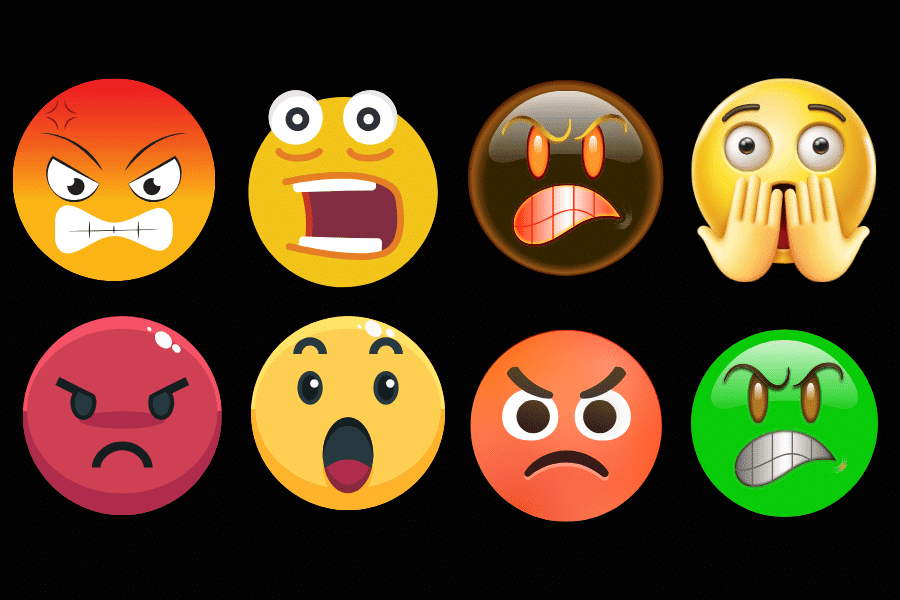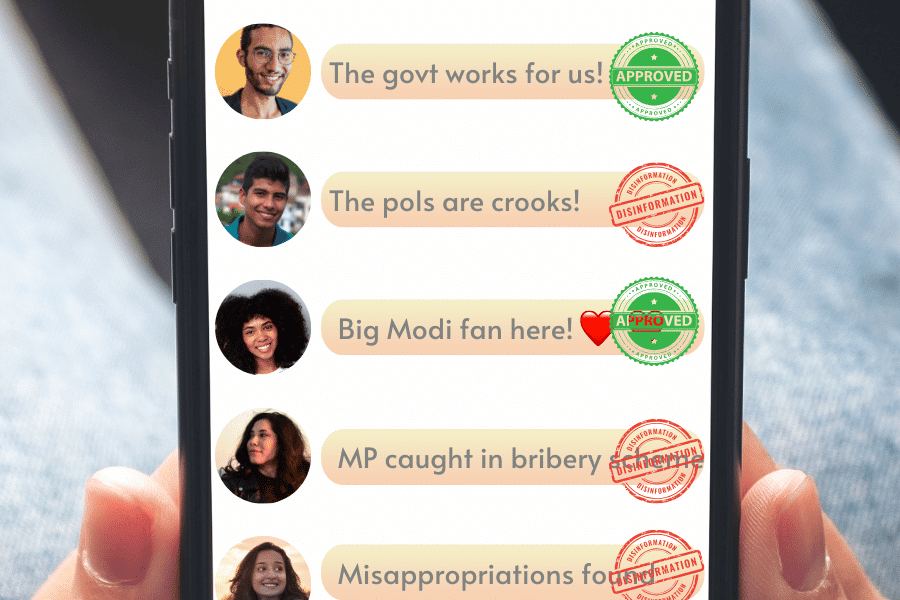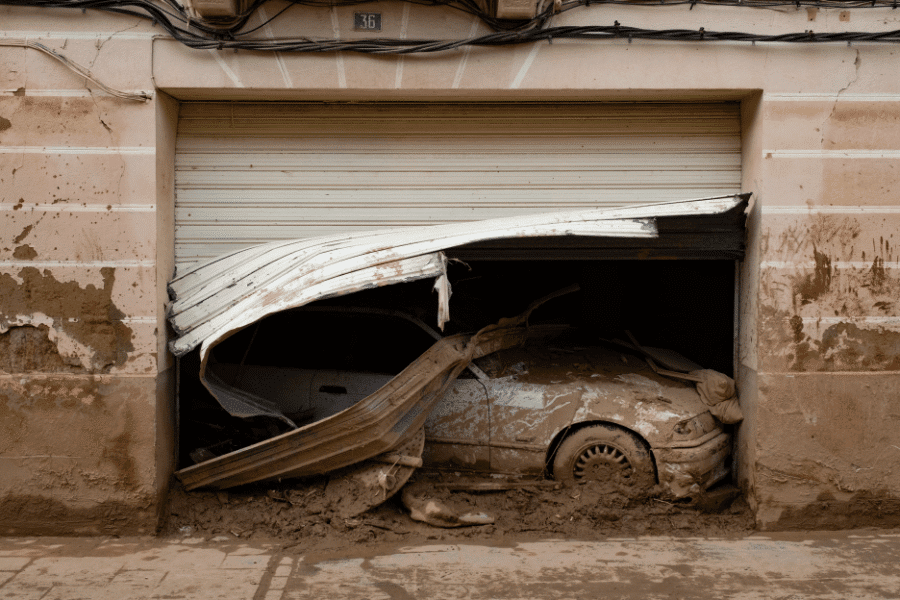
by Marcy Burstiner | 21 Nov 2025 | Journalism, Media Literacy, News Decoder Tips, Reporting, Uncategorized
We live in an age of misinformation. Here are ways you can make sure you aren’t part of the problem. Two girls gossip about a social media post. (Illustration by News Decoder) At News Decoder, we share advice for young people from experts in journalism, media...

by Sabine Berzina | 20 Jan 2025 | Culture, Journalism, Media Literacy, Technology
Meta has told an army of fact checkers they are no longer wanted, deeming acceptable what was once considered outlandish and offensive. A set of reaction emojis commonly used on social media. This article was produced exclusively for News Decoder’s global news...

by Shefali Malhotra | 25 Nov 2024 | India, Journalism, Media Literacy, Politics
The Indian government seeks to establish a system to weed out disinformation. But it seems targeted at only posts that knock those in power. Anti-government messages get stamped with a disinformation warning on a social media thread. (Illustration by News Decoder)...

by Jurriaan van Eerten | 21 Nov 2024 | Educators' Catalog, Europe, Media Literacy
After massive floods in Valencia, fake news messages on the internet seemed targeted to intensify chaos and undermine trust in the authorities. A mud-covered car in a garage destroyed by floods in Valencia, Spain in November 2024. (Credit: Eline van Nes) This article...

by News Decoder | 14 Oct 2024 | Education, Journalism, Media Literacy, News Decoder Updates
To counter the lies slowing the fight against climate change and harming our democratic institutions will take a global effort. But people are mobilising. At the EU Disinformation Lab, Claire Atkin, co-founder of the ad industry watchdog Check My Ads, discussed ways...





